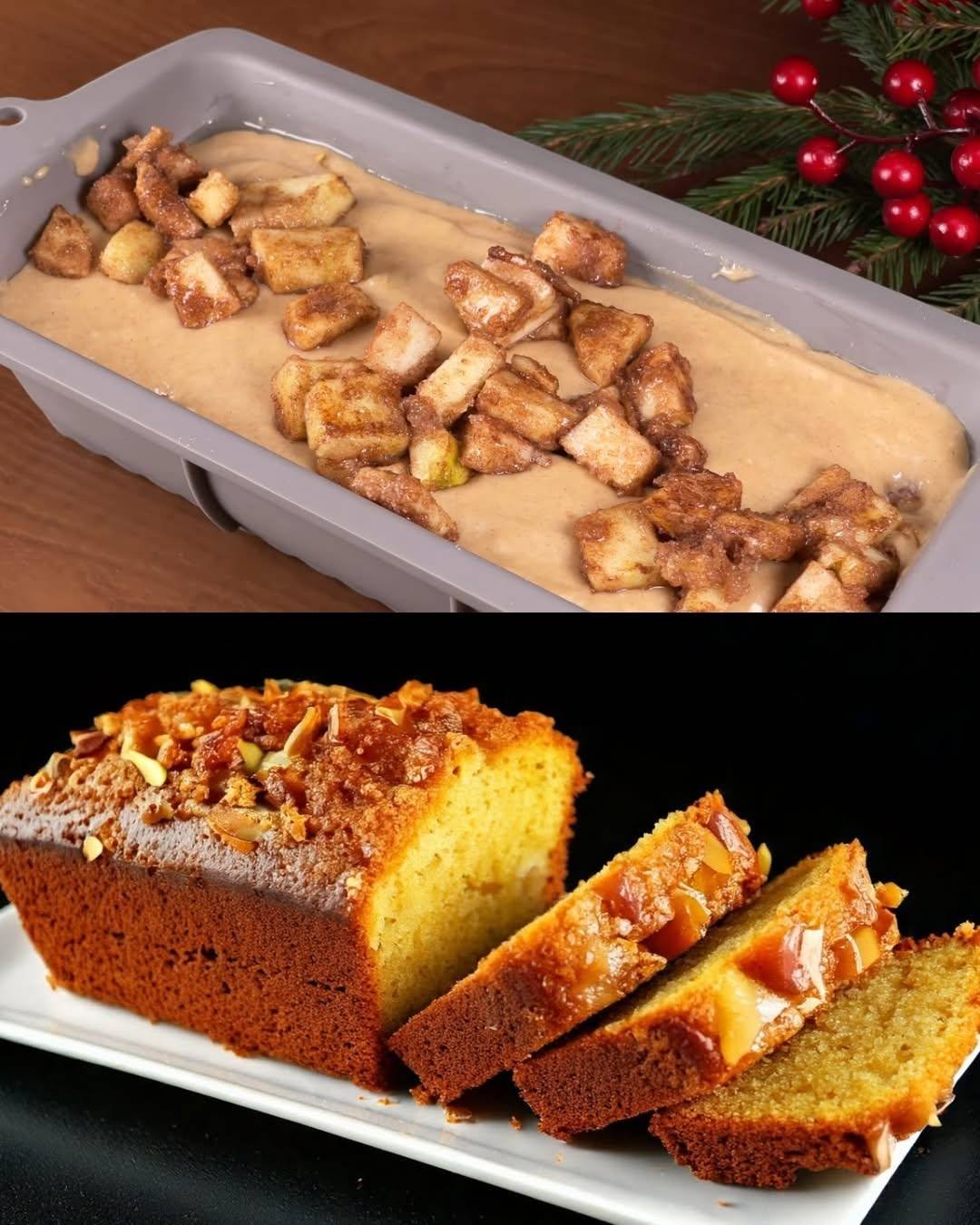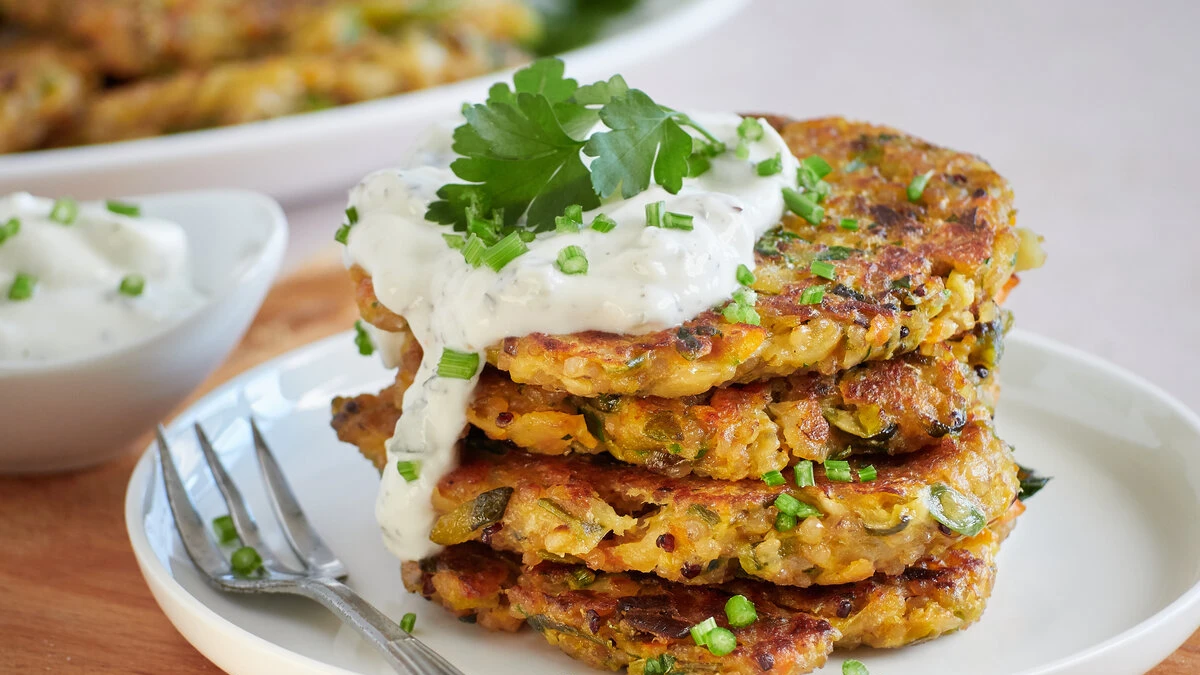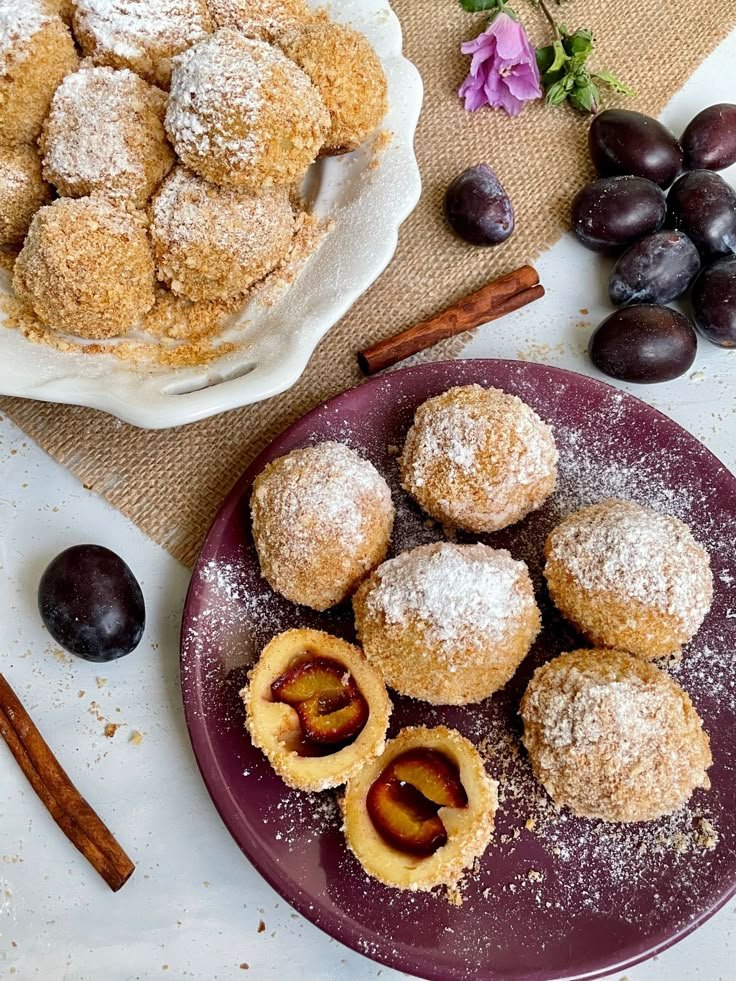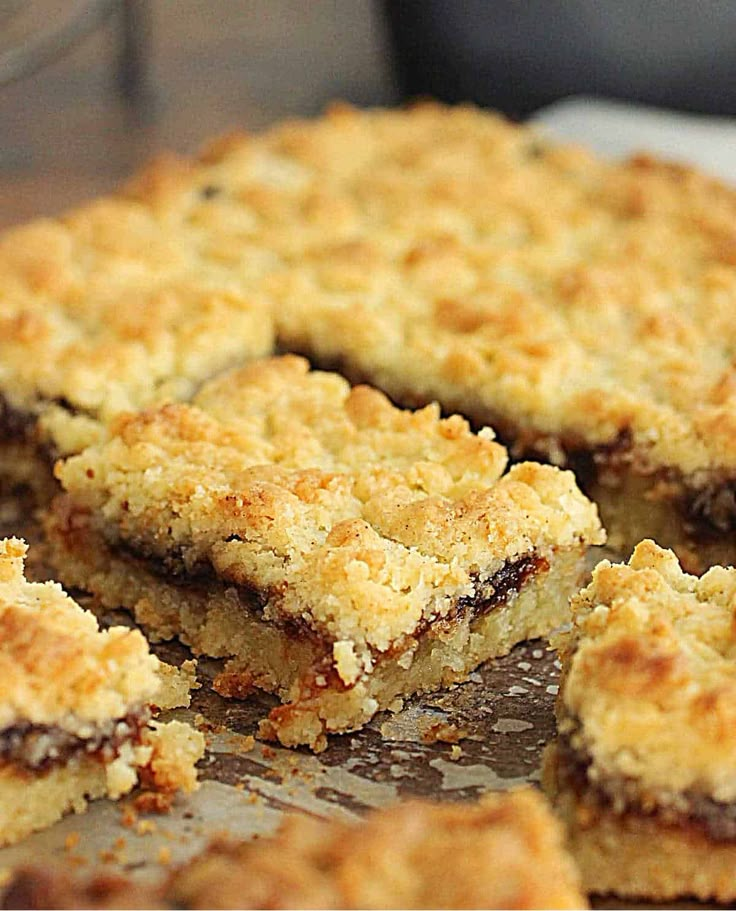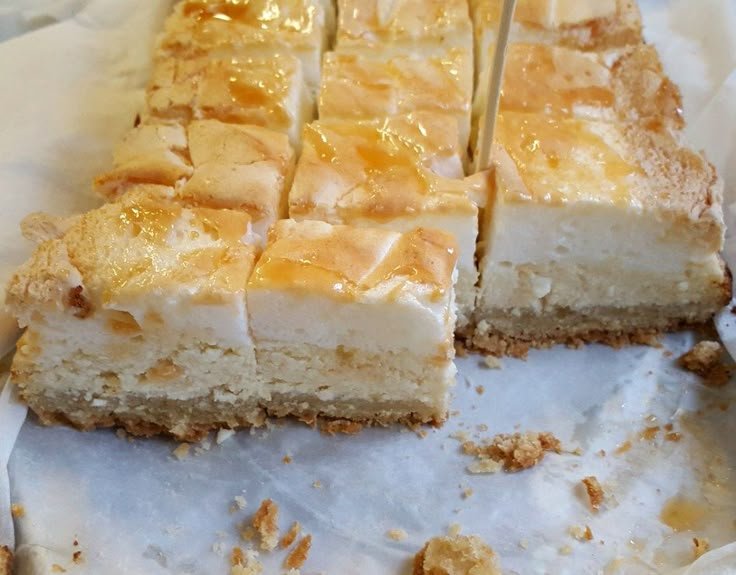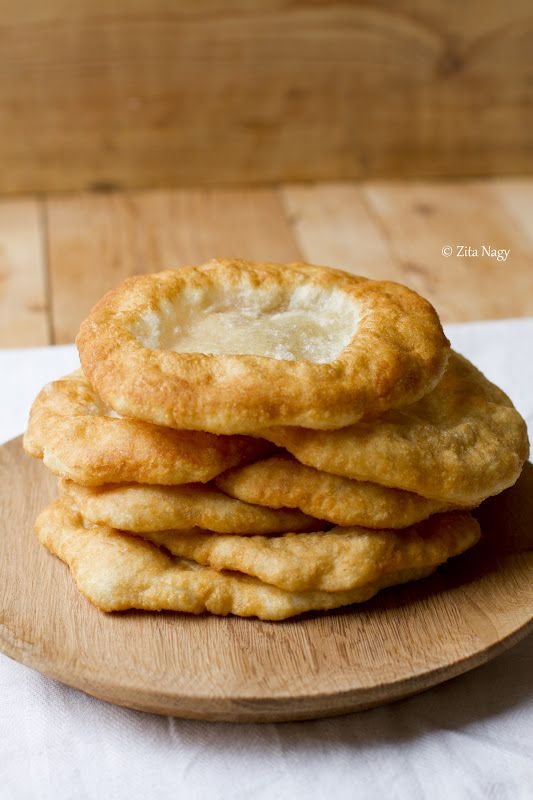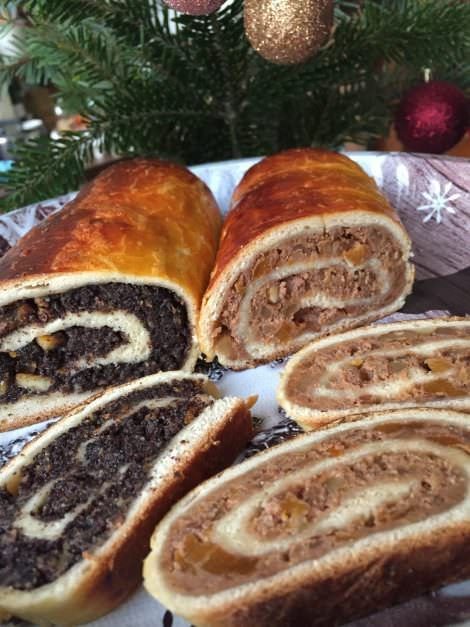
Hungarian Chimney Cake (Kürtőskalács): The Irresistible Spiral of Sweetness
Introduction:
Hungary, a land of rich traditions and hearty cuisine, boasts a variety of iconic dishes that have stood the test of time. Among these is the beloved Kürtőskalács, or Chimney Cake, a sweet pastry that originates from Transylvania, a region with deep Hungarian roots. Known for its spiral shape, crispy caramelized crust, and soft, fluffy interior, this treat has become a symbol of Hungarian street food, often enjoyed at fairs, markets, and festive gatherings. In this in-depth article, we’ll explore the history, cultural significance, and a step-by-step recipe to help you create authentic Kürtőskalács at home.
A Slice of History: Origins and Tradition
The story of Kürtőskalács traces back to the Székely people of Transylvania, where the first recorded recipe appeared in the 18th century. Initially considered a celebratory treat, Kürtőskalács was often prepared for weddings, festivals, and Christmas markets. The name itself comes from the Hungarian word kürtő, meaning chimney, due to the cake’s hollow, cylindrical shape. Traditionally, it was baked over an open fire, rotated slowly to achieve its signature caramelized crust.
The dough, enriched with eggs, milk, and butter, would be rolled into long strips, wrapped around wooden cylinders, and coated in sugar before being baked. As the sugar melted and caramelized, it formed a crispy shell that contrasted beautifully with the soft interior. Over time, variations emerged, with toppings like walnuts, cinnamon, and coconut enhancing the cake’s appeal.
Today, Kürtőskalács is a must-have at Hungarian street fairs and is increasingly popular across Europe and beyond. Its alluring aroma and the mesmerizing sight of cakes rotating over embers capture the essence of Hungarian street food culture.
Why Kürtőskalács Is So Popular: The Charm of Simplicity
One of the reasons Kürtőskalács has captivated so many is its simplicity. With a handful of basic ingredients—flour, sugar, yeast, eggs, and butter—this cake transforms into a delicacy that appeals to both children and adults. The magic lies in the technique: the slow baking, the caramelization, and the endless possibilities for toppings. From cinnamon sugar to crushed nuts and even chocolate sprinkles, each variation offers a new taste experience.
Moreover, Kürtőskalács brings a sense of nostalgia and warmth. The sight of them turning golden-brown over a fire, the smell of caramelized sugar in the air, and the first bite of its crispy exterior and soft inside evoke memories of festive markets and family gatherings.
Ingredients for Authentic Kürtőskalács (Serves 4-6)
For the Dough:
- 3 cups (375g) all-purpose flour
- 2¼ tsp (7g) active dry yeast (or 1 packet)
- ¼ cup (50g) granulated sugar
- ½ tsp salt
- ¾ cup (180ml) warm milk (110°F/43°C)
- ¼ cup (60g) unsalted butter, melted
- 2 egg yolks
- 1 tsp vanilla extract
For the Caramelized Coating:
- ½ cup (100g) granulated sugar
- 1 tsp ground cinnamon
- ¼ cup (60g) melted butter
Optional Toppings:
- Finely chopped walnuts or hazelnuts
- Shredded coconut
- Cocoa powder or chocolate sprinkles
- Crushed Oreos
Step-by-Step Guide to Making Kürtőskalács
Step 1: Preparing the Dough
- Activate the Yeast: In a small bowl, mix warm milk and 1 tsp sugar. Sprinkle yeast on top and let sit for 10 minutes until frothy.
- Combine Ingredients: In a large bowl, mix flour, remaining sugar, and salt. Make a well in the center and add the yeast mixture, melted butter, egg yolks, and vanilla extract. Mix until a soft dough forms.
- Knead the Dough: Knead for about 8-10 minutes by hand or 5 minutes in a stand mixer until smooth and elastic.
- First Rise: Place dough in a greased bowl, cover, and let it rise in a warm spot for 1-1.5 hours or until doubled in size.
Step 2: Shaping and Preparing the Cakes
- Prepare the Coating: In a shallow dish, mix sugar and cinnamon. Prepare melted butter in a separate bowl.
- Create Molds: Use foil-wrapped, greased rolling pins or cans as molds if traditional wooden ones aren’t available.
- Shape the Dough: Roll dough into a rectangle (¼-inch thick) and cut into ¾-inch wide strips. Wrap strips around the molds, overlapping slightly. Press lightly to seal.
- Butter and Sugar: Brush wrapped dough generously with melted butter and roll in the cinnamon-sugar mixture.
